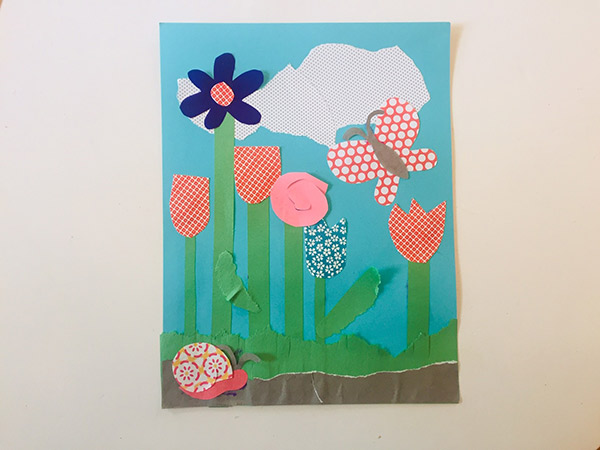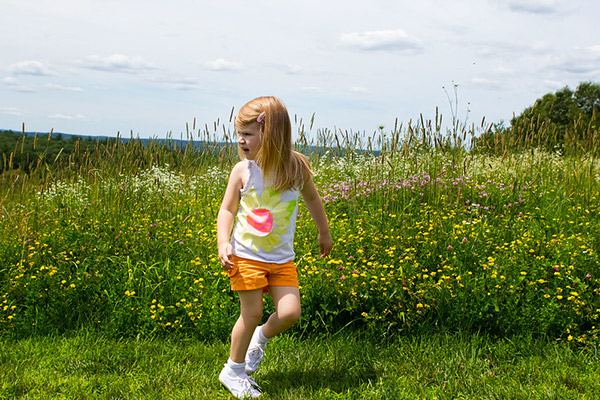 Marissa Gallant
Marissa Gallant
Youth Education Manager
A habitat is a place where a plant or an animal lives and is able to meet its basic needs. Habitats come in all shapes and sizes – from rainforests, to deserts, but often overlooked are meadow habitats. At first sight, a meadow may appear to be just a grass filled field, but a closer look uncovers a world full of discovery and wonder. Tune in and read on to find out what life is like in a meadow, learn how to make your own wildflower seed bombs, and create your own meadow collage.
What is a Meadow?
A meadow is a habitat that is covered with mostly grasses, flowers, and other non-woody plants. Meadows are typically large, open spaces that have few or no trees. Meadows can be agricultural, transitional, urban, or perpetual. Agricultural meadows are formed when land set aside for livestock is left to grow but is still used for occasional grazing. Transitional meadows sprout up when land that was cleared for farming or livestock is abandoned. These areas are eventually replaced by woody plants like trees and shrubs. Urban meadows are created when homeowners allow their lawns to grow naturally, creating opportunities for native grasses and wildflowers to regrow. Perpetual, or natural meadows grow without human influence. These meadows are found in areas where the climate and soil conditions make it difficult for trees and shrubs to grow. Natural meadows can be found high up in the mountains, by the coast, and even in marshy areas.
What Lives in a Meadow?
The abundance of native grasses, wildflowers, and other plants that populate meadows support many species of insects, mammals, and reptiles. Grasses and other plants are important food sources for many species of caterpillars, and butterflies can find plenty of nectar rich flowers including clover and milkweed. Native bee species are welcome guests and help wildflowers grow by spreading pollen as they visit to sip nectar. Other insect species like beetles, ants, crickets, grasshoppers, and more that live among the tall grasses provide food for insect eating birds like swallows and sparrows. Deer, reptiles, amphibians, and small rodents are also common as passerby and can find food and shelter among the dense plant growth. Thousands of different species depend on meadow habitats for their survival and these species in turn influence the survival and health of animals and plants in surrounding habitats.
Are Meadows in Danger?
Many different habitats all around the world including meadows are threatened by many human activities. Many natural meadows have been cleared for houses, buildings, and farmland. Shifting land use in cities and suburbs however can provide more shelter, space, and food for many animal species that have experienced habitat loss. Shrinking the size of suburban lawns or changing these areas to urban meadows by letting areas of lawn grow can create small oases for insects, birds, and more.
Lets do a Meadow Craft!
Ready to get crafty? Follow the simple steps below to create your own meadow habitat collage. Be sure to include some of the plants and animals you find on your next journey.
You will need:
- Assorted colorful paper
- Glue stick
- Scissors
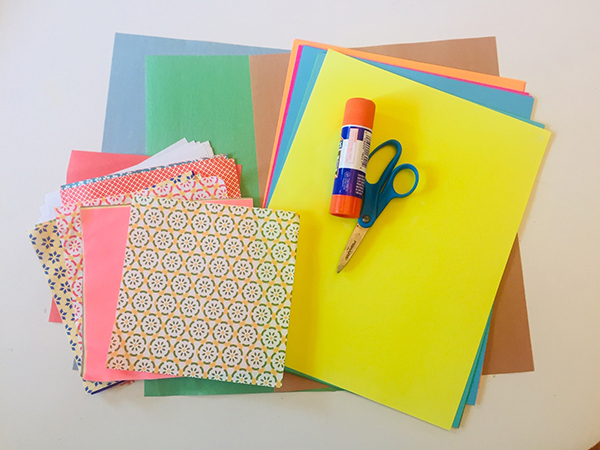
To start, think about what you would like your collage to look like. Will you create a close-up or a landscape view? What kind of flowers, grasses, and animals will you include? Once you have a plan for what your collage will look like, select a sheet of paper to use as your background and start by using a green piece of paper to cut long grasses for your meadow.
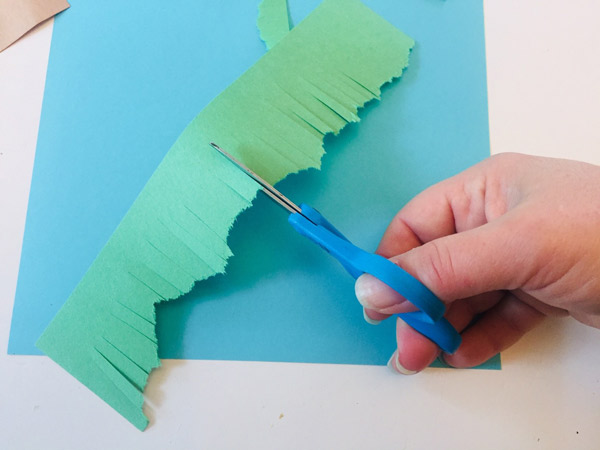
Glue your grass along the bottom of the sheet of paper you selected for your background. Use the rest of your green paper to cut long strips to use as flower stems and glue to your collage.
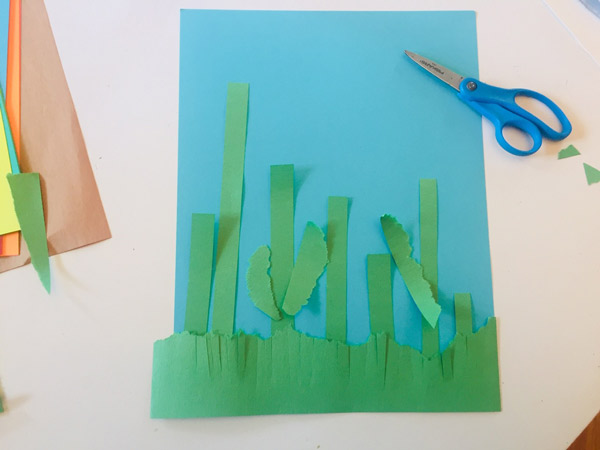
Rip or cut additional shapes to use as clouds, flower petals, animals, and more. Glue your background shapes on first then add your foreground pieces.
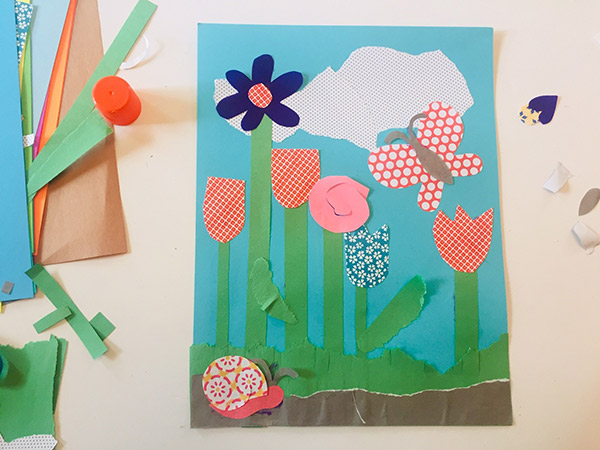
Try adding more detail with crayons or markers or use old nature magazines to find native plants or animals to add. Put on your finishing touches and hang up to display!
